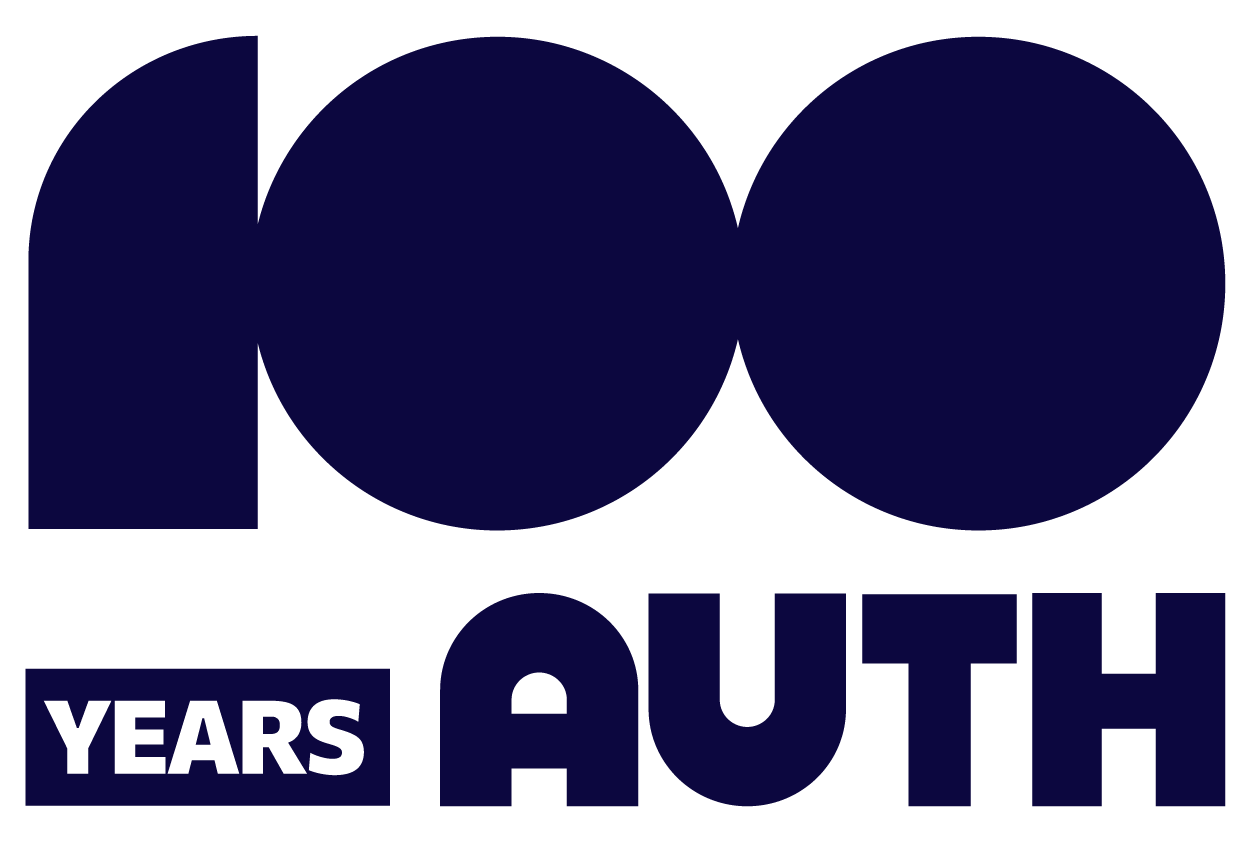
Language as a form of social behaviour both constructs and perpetuates deeply held cultural beliefs concerning the way women and men should view each other and themselves, and the symbolic positioning of women as inferior to men. Discrimination against women (sexism) is built into both language and social divisions and practices, which are, in turn, reinforced by language habits. By focussing on the language used for and by women and men in relation to gendered social practices, we hope to expose sexism and help change the androcentric construction of reality. Relevant topics include gender ingredients and stereotypes, language asymmetries, false ‘generics’, gendered talk, politeness, conversation management, non-verbal communication etc. Note: Ideally, this course should be taken after (or together with) Ling4-363 and before (or together with) Ling4-491, without being an official con-/pre-requisite for either. Course objectives: n Familiarize students with the most important issues and fields in the study of language and gender n Facilitate perception of the everyday relevance of the language-gender nexus n Train students in applying theoretical concepts to everyday data analysis n Help students develop critical thinking and language awareness n Suggest social practices for gender equality n Promote non-sexist language. Course textbook and outline/list of readings are available. Assessment: Written final exam. Language as a form of social behaviour both constructs and perpetuates deeply held cultural beliefs concerning the way women and men should view each other and themselves, and the symbolic positioning of women as inferior to men. Discrimination against women (sexism) is built into both language and social divisions and practices, which are, in turn, reinforced by language habits. By focussing on the language used for and by women and men in relation to gendered social practices, we hope to expose sexism and help change the androcentric construction of reality. Relevant topics include gender ingredients and stereotypes, language asymmetries, false ‘generics’, gendered talk, politeness, conversation management, non-verbal communication etc. Note: Ideally, this course should be taken after (or together with) Ling4-363 and before (or together with) Ling4-491, without being an official con-/pre-requisite for either. Course objectives: •Familiarize students with the most important issues and fields in the study of language and gender •Facilitate perception of the everyday relevance of the language-gender nexus •Train students in applying theoretical concepts to everyday data analysis •Help students develop critical thinking and language awareness •Suggest social practices for gender equality •Promote non-sexist language Assessment methods: Written final exam